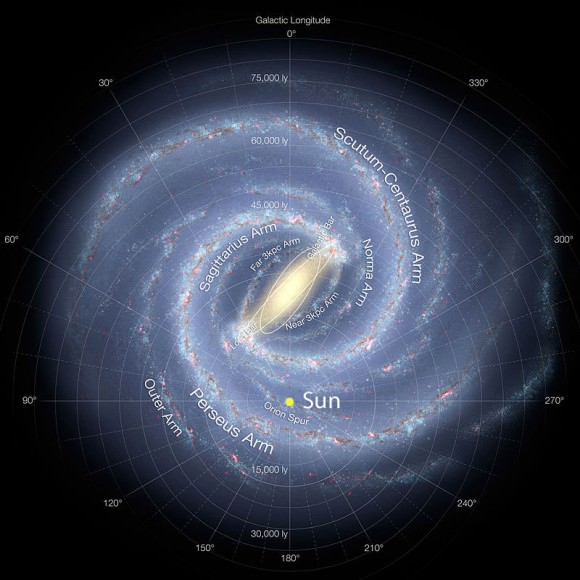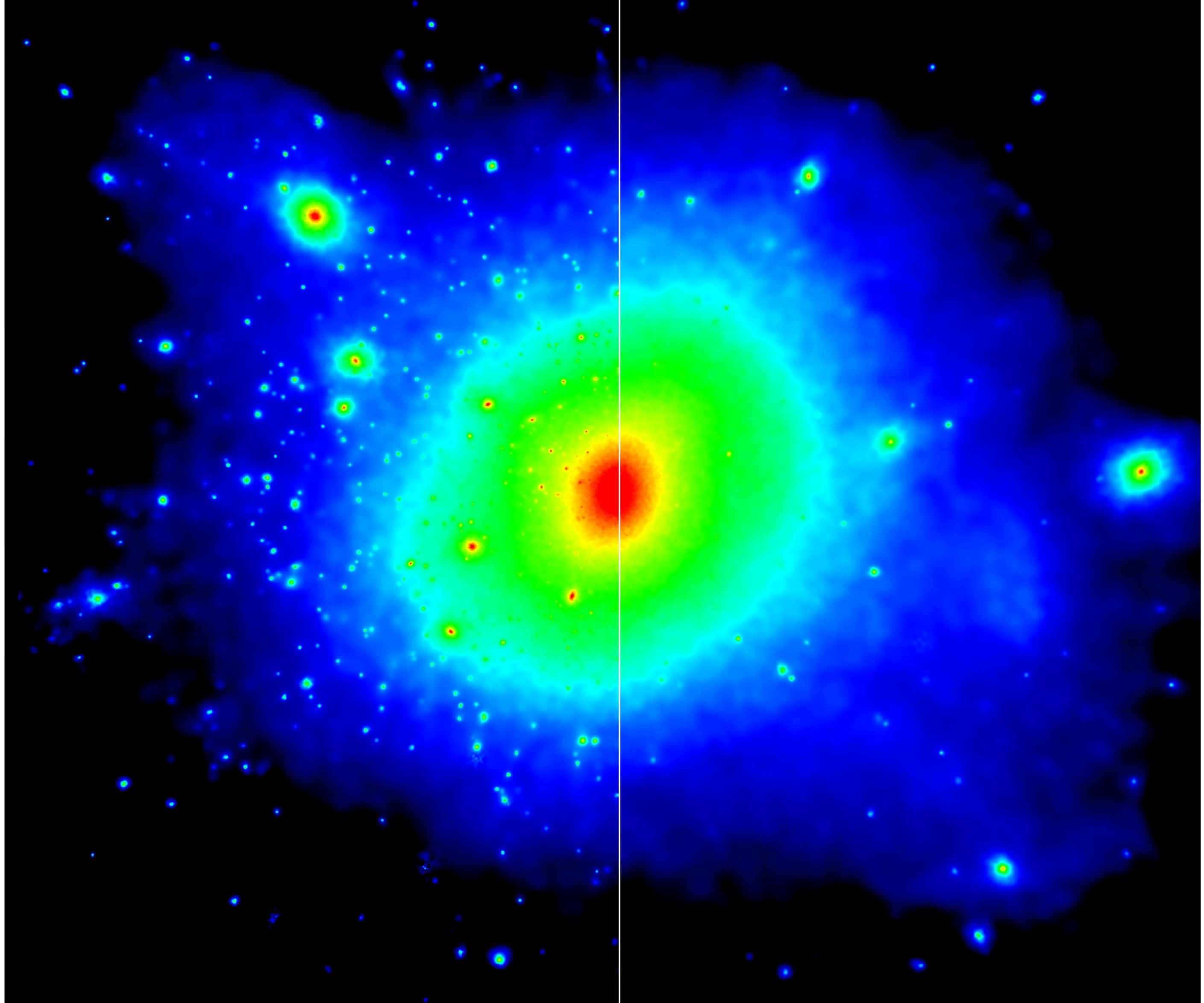Funny how small particle interactions can have such a big effect on the neighbors of the Milky Way. For a while, scientists have been puzzled about the dearth of small satellite galaxies surrounding our home galaxy.
They thought that cold dark matter in our galaxy should encourage small galaxies to form, which created a puzzle. Now, a new set of research suggests the dark matter actually interacted with small bits of normal matter (photons and neutrinos) and the dark matter scattered away, reducing the amount of material available for building galaxies.
“We don’t know how strong these interactions should be, so this is where our simulations come in,” stated Celine Boehm, a particle physicist at Durham University who led the research. “By tuning the strength of the scattering of particles, we change the number of small galaxies, which lets us learn more about the physics of dark matter and how it might interact with other particles in the Universe.”

Dark matter is a poorly understood part of the Universe, which is frustrating for scientists because it (along with dark energy) is believed to make up the majority of our Cosmos. There are several postulated types of it, but the main thing to understand is dark matter is hard to detect (except, in certain cases, through its interactions with gravity.)
This isn’t the only explanation for why the galaxies are missing, the scientists caution. Perhaps the universe’s first stars were so hot that they affected the gas that other stars formed from, for example.
A paper on the research was published in the Monthly Notices of the Royal Astronomical Society and is also available in preprint version on Arxiv.
Source: Royal Astronomical Society

